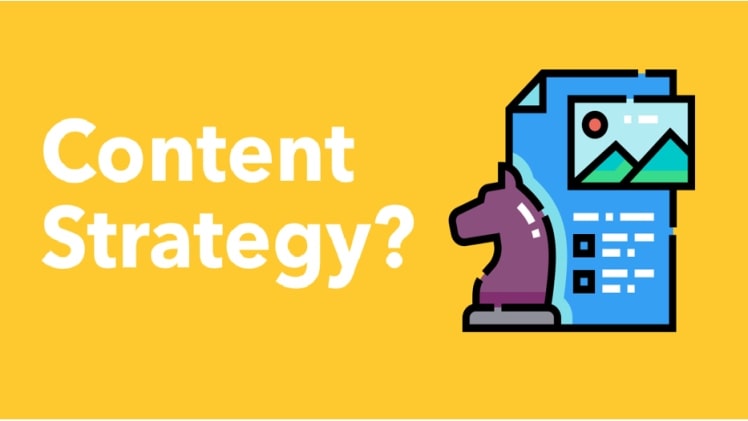It’s hard to believe that we’re already halfway through the year, but here we are. It also seems like we were all debunking content strategy myths just yesterday for the first time. Unfortunately, many of those same myths are still circulating today. It’s amazing how people can overlook facts and figures when the statement realigns with their belief systems. While content is still the king, it cannot do much on its own. To succeed in SEO, you not only need quality content that meets the requirements of your users but also an oriented and well-detailed content strategy. Simply writing is not enough, and if anybody tells you otherwise, they don’t want you to succeed. So, what can you do to succeed? Not believe in myths, of course. This is why we have compiled a list of some of the most common content strategy myths that you need to stop believing.
Content strategy means content marketing: No! They absolutely do not. Content strategy is the planning, development, and management of content, while content marketing is one of the ways you can execute your content strategy. The main goal of a content strategist is to ensure that all company goals are met through the creation and distribution of valuable, consistent, and compelling content, whereas a marketer’s job is to promote that content.
You can succeed without a plan: This is definitely not true! A study by Curata showed that 72% of successful marketers have a documented content strategy. If you want to be in the same category as those successful people, you need to put pen to paper (or fingers to keyboard) and create a solid plan.
Content strategy is just about topics and keywords: Wrong, wrong, and wrong. When you talk about keywords and topics, you are barely scratching the surface of a content strategy. A content strategy includes setting up SMART (specific, measurable, achievable, realistic, and timely) goals, classifying your content based on your market segmentation, understanding your audience, understanding your competitors, measuring KPIs, and so much more.
You need a content strategy only for blogs: Let’s get this straight, your blog is not the only piece of content on your website that needs regular updates. Sure, having a blog goes a long way in ensuring that your website stays relevant and that you are offering the right kind of information through them. However, it’s not the only thing on your website that needs a content strategy. Your website pages, social media posts, email newsletters – everything needs to be a part of your content strategy.
You can do it all yourself: In an ideal world, sure. But we don’t live in one. Creating and executing a successful content strategy takes time, effort, and skills. If you’re trying to do it all by yourself, you’re going to end up burning out quickly or not being able to give your 100% to any one task. It’s important to know when to ask for help and delegate tasks accordingly.
A content calendar is unnecessary: Many people think that having a content calendar is just another way of saying, “I want to be organized.” But that’s not true. A content calendar is an important tool that helps you plan and track your content strategy. It ensures that you create the right kind of content at the right time and for the right audience.
You don’t need to measure anything: Measuring the success of your content strategy is important to understand what’s working and what’s not. Without measuring, you will never be able to improve or make changes to your strategy. The most important thing is to set up KPIs (key performance indicators) aligned with your business goals and then track them over time.
Content strategy is only for big companies: This myth probably exists because people think that only big companies have the resources to invest in a content strategist or create detailed plans. But that’s not true. It doesn’t matter if your company is small or large; having a content strategy is important. It’s even more important for small companies because they don’t have the same resources as larger ones.
Content strategy is a “once in a blue moon” thing: This couldn’t be further from the truth. A content strategy is not something that you set and forget. It’s a living, breathing document that needs to be updated regularly. As your business grows and changes, so should your content strategy. And it might not even be your business that’s changed. You need to change your content strategy if your competitor changes some things on their end, if Google decides to introduce a new update, or if the customers’ needs are changing. A content strategy is a file that you can never afford to put on the sidelines.
You need to be perfect: The beauty of content strategy is that it is flexible and ever-changing. As your business grows and changes, so will your content strategy. There is no such thing as a “perfect” content strategy because there is no such thing as a “perfect” business. The goal is to improve and make changes as needed constantly.
There is no one-size-fits-all when it comes to content strategy. Every business is different and so are their needs. The most important thing is to be aware of the myths and misconceptions around content strategy so that you can make informed decisions about what’s best for your business. With the right approach, content strategy can be a powerful tool to help you achieve your business goals.





